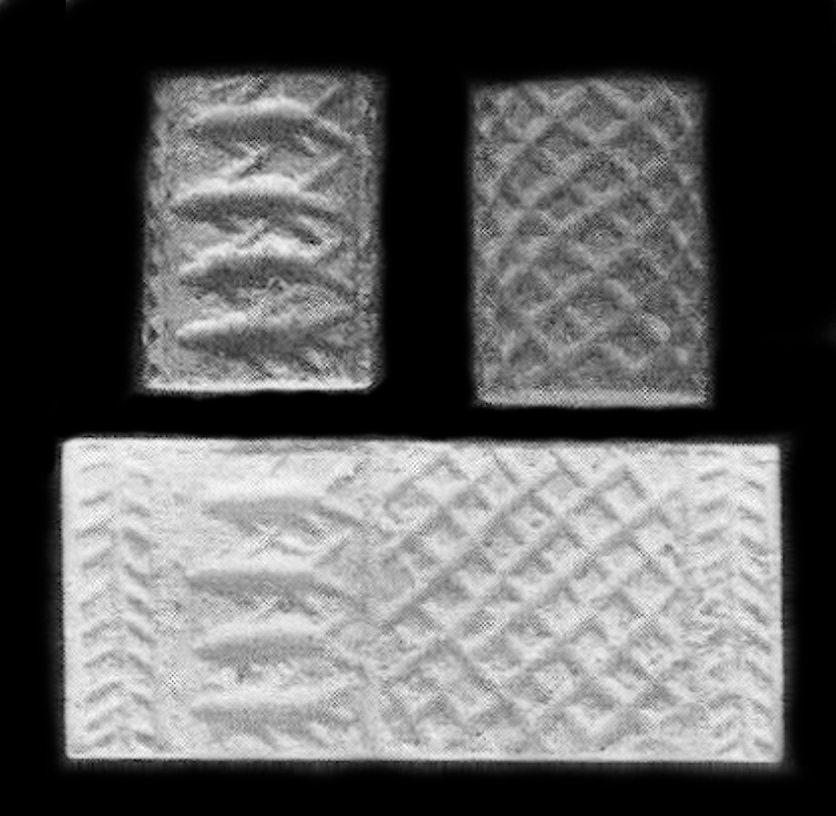|
Gerzeh Culture
The Gerzeh culture, also called Naqada II, refers to the archaeological stage at Gerzeh (also Girza or Jirzah), a prehistoric Egyptian cemetery located along the west bank of the Nile. The necropolis is named after el-Girzeh, the nearby contemporary town in Egypt. Gerzeh is situated only several miles due east of the oasis of Faiyum. The Gerzeh culture is a material culture identified by archaeologists. It is the second of three phases of the prehistoric Naqada cultures and so is also known as Naqada II. The Gerzeh culture was preceded by the Amratian culture ("Naqada I") and followed by the Naqada III ("protodynastic" or "Semainian culture"). Historical context Sources differ on dating, some saying use of the culture distinguishes itself from the Amratian and begins circa 3500 BC lasting through circa 3200 BC. Accordingly, some authorities place the onset of the Gerzeh coincident with the Amratian or Badari cultures, i.e. c.3800 BC to 3650 BC even thoug ... [...More Info...] [...Related Items...] OR: [Wikipedia] [Google] [Baidu] |
Amratian Culture
The Amratian culture, also called Naqada I, was an archaeological culture of prehistoric Upper Egypt. It lasted approximately from 4000 to 3500 BC. Overview The Amratian culture is named after the archaeological site of el-Amra, located around south of Badari in Upper Egypt. El-Amra was the first site where this culture group was found without being mingled with the later Gerzeh culture (Naqada II). However, this period is better attested at the Nagada site, thus it also is referred to as the Naqada I culture. Black-topped pottery continued to be produced, but white cross-line pottery, a type which has been decorated with close parallel white lines being crossed by another set of close parallel white lines, begins to be produced during this time. The Amratian falls between S.D. 30 and 39 in Flinders Petrie's sequence dating system. The Amratians possessed slaves and constructed rowboats of bundled papyrus in which they could sail the Nile. Trade between the Amratian culture ... [...More Info...] [...Related Items...] OR: [Wikipedia] [Google] [Baidu] |
